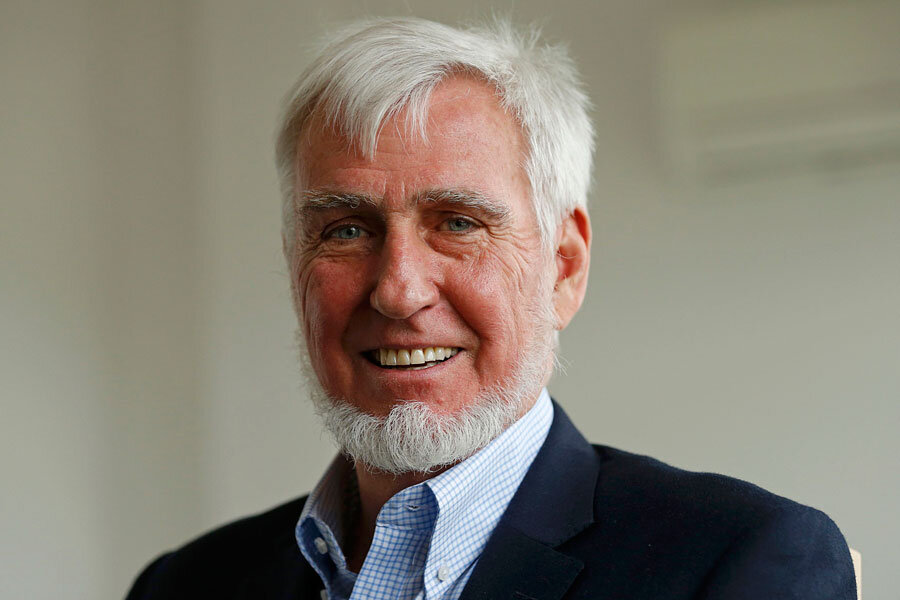Three scientists share Nobel for discovering brain's 'GPS'
Loading...
A trio of scientists has been awarded this year's Nobel Prize in Physiology or Medicine for their work related to nerve cells that create spatial maps in the brain to help us navigate through our environments.
Half of the Nobel Prize in Medicine goes to John O'Keefe, and the other half goes jointly to May-Britt Moser and her husband Edvard I. Moser "for their discoveries of cells that constitute a positioning system in the brain, according to an announcement by the Nobel Foundation in Stockholm today (Oct. 6).
In 1971, O'Keefe discovered the first component of the brain's "inner GPS" through experiments in rats. He found that a nerve cell, called a place cell, in the hippocampus became active when a rat was in a certain place, while other "place" nerve cells turned on when the rodent moved to other places. He realized these cells were building maps inside the brain's hippocampus of various places in the rat's environment. [7 Revolutionary Nobel Prizes in Medicine]
Then in 2005, May-Britt Moser and Edvard I. Moser discovered so-called grid cells, or a type of nerve cell that help generate a coordinating system for navigation in a brain region near the hippocampus called the entorhinal cortex.
"Their subsequent research showed how place and grid cells make it possible to determine position and to navigate," according to a Nobel Foundation statement.
More recent work has found that place cells and grid cells are also in the human brain, and they may be involved in some types of memory loss in people with Alzheimer's disease.
O'Keefe, who was born in New York City, is currently the director of the Sainsbury Wellcome Center in Neural Circuits and Behavior at the University College London. The Mosers were both born in Norway. May-Britt is currently director of the Center for Neural Computation in Trondheim in Norway, while Edvard is the director of the Kavli Institute for Systems Neuroscience in Trondheim.
O'Keefe will receive half of this year's Nobel Prize amount of 8 million Swedish Krona (about $1.1 million), and the Mosers will share the other half of the money.
Follow Jeanna Bryner on Twitter and Google+. Follow us @livescience, Facebook & Google+. Original article on Live Science.
- Hilarious Science: Gallery of the 2012 Ig Nobel Prize Winners
- 3D Images: Exploring the Human Brain
- Mad Geniuses: 10 Odd Tales About Famous Scientists
Copyright 2014 LiveScience, a TechMediaNetwork company. All rights reserved. This material may not be published, broadcast, rewritten or redistributed.







